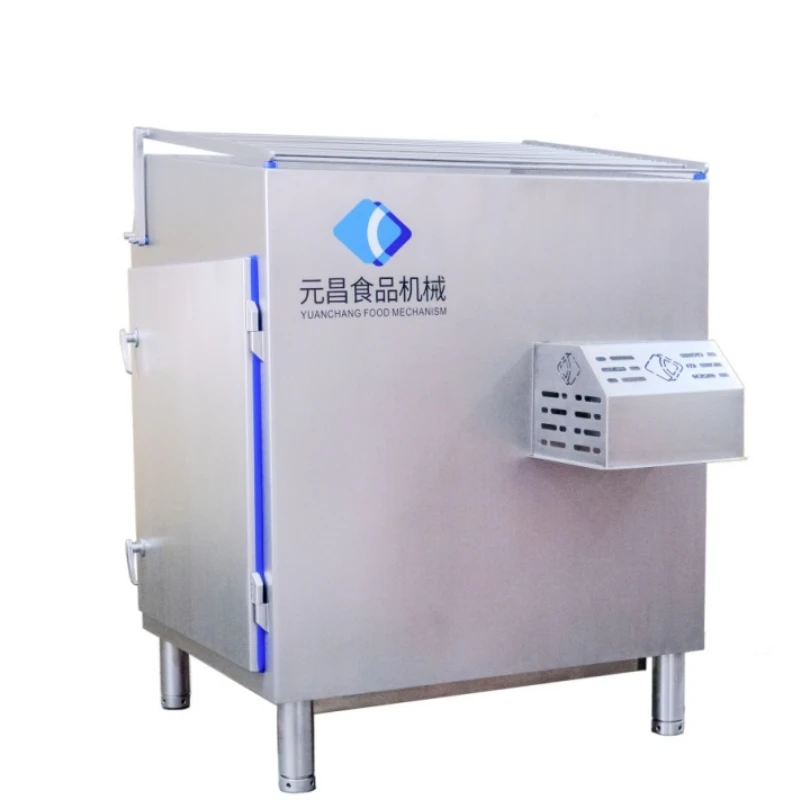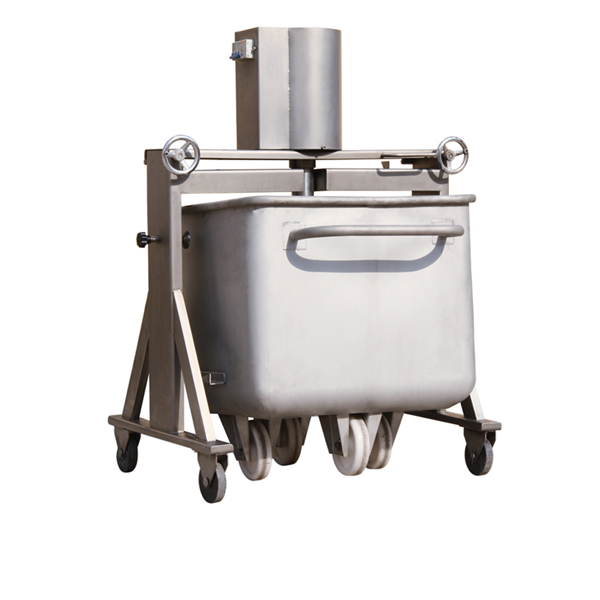A vacuum quantitative filling machine is a type of equipment used for filling containers, jars, or bottles with a specific quantity of liquid or semi-liquid products. Here are some key functions and precautions to consider:
Function of a Vacuum Quantitative Filling Machine:
- Accurate Filling: The primary function of a vacuum quantitative filling machine is to ensure accurate and precise filling of containers with the desired volume of the product. It achieves this by using mechanisms like pumps, nozzles, and sensors to control the flow and measure the quantity being dispensed.
- Vacuum Sealing: Some vacuum filling machines have the additional capability of creating a vacuum seal on the containers after filling. This helps in extending the shelf life of the product by removing air and reducing the chances of spoilage.
- Customizable Settings: These machines often come with adjustable settings to accommodate different container sizes, filling volumes, and product viscosities. This allows for versatility in production and ensures compatibility with various products and packaging requirements.
- Efficiency and Speed: Vacuum quantitative filling machines are designed to improve productivity by automating the filling process. They can handle high volumes of production, reduce wastage, and maintain consistent fill levels, leading to increased efficiency and reduced labor costs.
Precautions while using a Vacuum Quantitative Filling Machine:
- Proper Cleaning and Sanitization: Ensure that the machine and all its components, such as pumps, nozzles, and containers, are cleaned and sanitized before and after each use. This helps to prevent contamination and maintain product quality.
- Maintenance and Calibration: Regularly maintain and calibrate the machine as per the manufacturer’s recommendations. This includes checking and lubricating moving parts, inspecting seals and gaskets, and verifying the accuracy of volume measurements.
- Operator Safety: Follow all safety guidelines provided by the manufacturer to protect operators from potential hazards. This may include wearing protective gear, such as gloves or goggles, and avoiding operating the machine with wet hands.
- Product Compatibility: Ensure that the machine is suitable for the specific product you are filling. Different products have different viscosities, densities, and handling characteristics that may require specific adjustments or modifications to the machine.
- Quality Control: Implement quality control measures to monitor the consistency and accuracy of the filling process. This may involve periodic checks for volume accuracy, visual inspection of filled containers, and sampling for product quality testing.
- Operator Training: Properly train operators on how to use the machine safely and efficiently. Make sure they understand the machine’s functions, settings, and troubleshooting procedures. Provide adequate training to minimize the risk of errors, accidents, or product wastage.
- Follow Regulations: Ensure compliance with all applicable regulations and standards related to food safety, product labeling, and packaging. It is important to understand and adhere to local and industry-specific guidelines for filling specific types of products.
By understanding the functions and taking necessary precautions, a vacuum quantitative filling machine can improve filling efficiency, product accuracy, and overall production quality.











